Today we are visiting Alexander Mosolov, the founder of the first Russian brand of tattoo inks - the КРАСКА Tattoo Ink. Surprisingly, even in the modern, oversaturated world of information, still tattoo inks cause a lot of questions, both for clients and for tattoo artists themselves.
Let's try together to understand what a tattoo ink is and how to work with it.
When we talk about the production of tattoo inks, the first question that arises is: How exactly does the manufacturer choose the coloring pigments?
- Speaking from a chemical point of view, the degree of purification / purity of the feedstock is very important. For example, a pigment with the same color index from different manufacturers can be pure and safe, or with a huge amount of impurities of salts, heavy metals, arsenic in the end. Naturally, you have to study the raw materials before you start working with the supplier and subsequently undergo analysis of finished products for all items of the requirements of law for tattoo equipment.
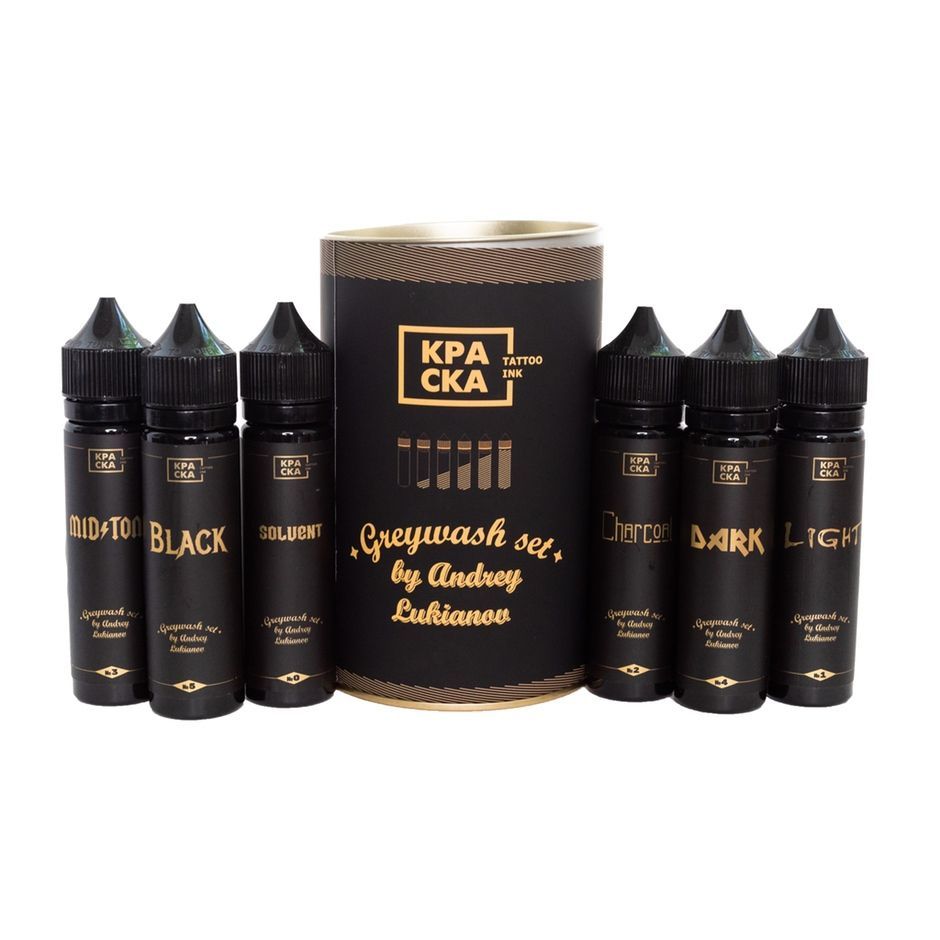
From a physical point of view, everything is also interesting, and both the size of the pigment particles and its optical properties are very important there. For example, different brands of carbon - when relatively large particles, it behaves more stably in the skin over time, but the color is more gray. And too small particles, although they give a color intensity, eventually blur or even partially are excreted from the body, and such tattoos look deplorable over time. Remember how the yellow pigment disappears from some tattoos ... We have to take these parameters into account in order to achieve certain properties of the КРАСКА.
What about allergies to certain pigments? What do the statistics look like on the color of pigments and the frequency of allergic reactions? And maybe you have any tips on what to do if a person has an allergic reaction?
- Different colors and formulations have a different chance of allergies, so everything is ambiguous. For example, black color practically do not give complications, but the red spectrum refers to the risk zone and there are different reactions. What is popularly called an “allergy” is actually not always an allergy, these are chemical-toxic burns, just inflammation, and sometimes an infection from poor care. There can be no recommendations, each treatment should be targeted and with the participation of a dermatologist at least.
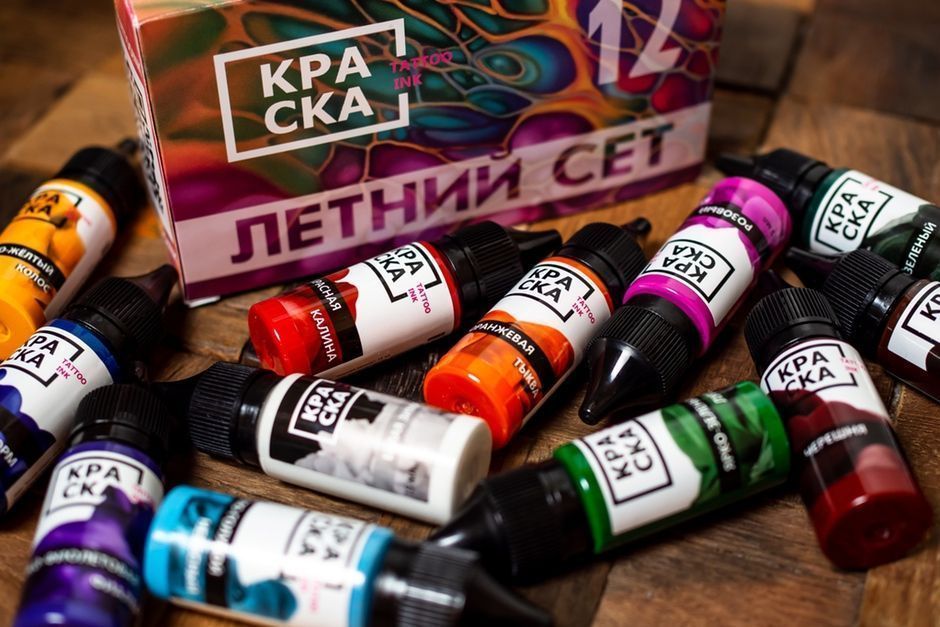
Each of the tattooists sooner or later raises the question: What is the main difference between brands in the market? Can you tell us a little more about this?
- Of course, these are such obvious qualities as a responsible approach and the quality of the product itself. Like any product, tattoo dyes have a range of manufacturers from the cheapest Chinese names to really cool manufacturers.
In general, from the point of view of formulations, provided that high-quality pigment is used, I would divide into two categories: 1 - on resins (rosin; acrylic rosin; proprietary rosin) 2 - on copolymers (co-polymer). It's like 20 centuries vs 21 centuries. These binders are needed so that the pigment particles mix well with water. Now most companies traditionally work on resins.

- Personally, as a developer, I think copolymer formulations are more promising and safe for the skin and body. Nevertheless, everyone know that water-soluble synthetics generally have greater stability and shelf life, and hitherto unprecedented opportunities are opening up - for example, due to the different lengths of the copolymer molecular chains, it is possible to control the flowability and pounding of the pigment, and the paint does not caking tightly at the bottom of the can.
And resins, in turn, have instability in aqueous media - in other words, most types of resins coagulate in water. And under the chemical number rosin we find the decoding "rosin" ... Hence, the additional stabilizers and preservatives in the compositions, as well as the recommendations of the manufacturers do not mix with water. And yes, rosin is prohibited for use in food and cosmetic products on the territory of the countries of the Customs Union, which in turn inspires additional thoughts.
The joke is still constantly floating in the air that tattoo inks contain up to 75% of distilled water and, by and large, resellers carry water across the ocean.
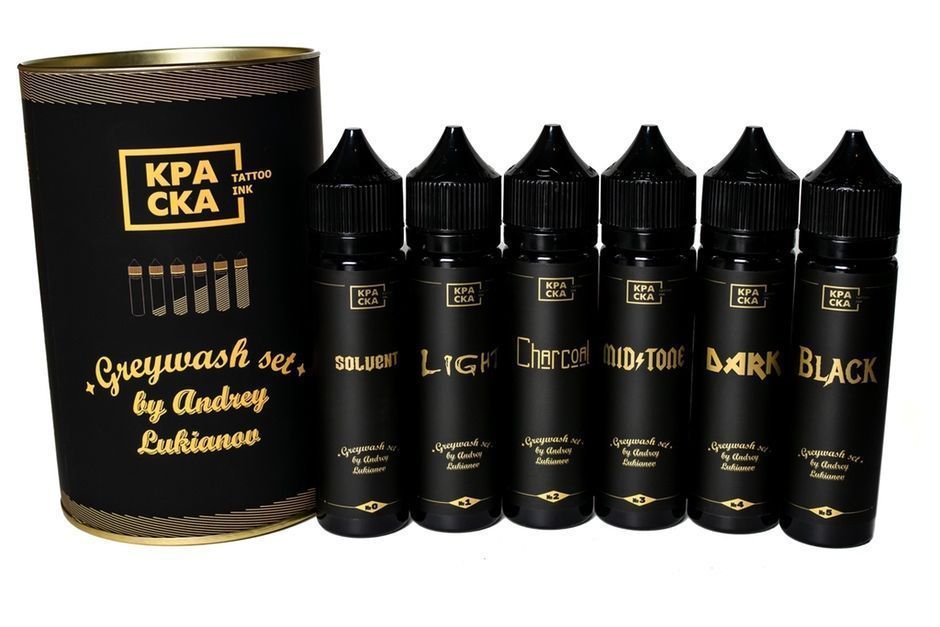
What difference between КРАСКА Tattoo Ink and other tattoo inks?
- I try to work with brands of medium and large dispersion pigments. Such pigments are a little more difficult to drive, but the result is very stable. After a few years, you see your work and everything is right on his place!
Our inks are also thick - which indicates a high concentration of pigments.
It was also possible to ensure that it does not dry out during operation, and remains in the cans for a long time, even with rare use.
I tried to explain above the safety and positive qualities of the copolymers, and this is a worthy topic for a separate article, but I would also like to highlight:
- There are no preservatives in the composition of КРАСКА;
- Confirmed chemical and microbiological purity, all laboratory tests are on our official web-pages;
- More than 70,000 tattoos on the tag #kraskatattooink;
- Availability in all tattoo stores;
- Price.

What about compatibility КРАСКА with tattoo inks of other brands? Is it possible to mix your pigments with some other ones?
- In practice, everything always mix with everything, and as a rule, everything is fine. A good artist, anyway, forms a working set from the favorite shades of different manufacturers, for example, violet from one company, and red and pink from another ... Just because he like it so much ...
And in conclusion, I would like to hear advice from a professional about the storage of tattoo inks, because many artists still do not know how to store the inks so that they remain usable throughout the expiration date.
- Of course, it is advisable to store in a dry place and protect from direct sunlight, inks on resins are also not recommended to be frozen, which imposes restrictions on shipping.
Before use, be sure to shake the can well. If inks stood for a thousand years and dried up - it is better to buy a new one.
During the session, do not add inks to the caps while holding the can in bloody work gloves, only with clean hands!





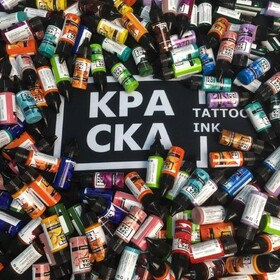
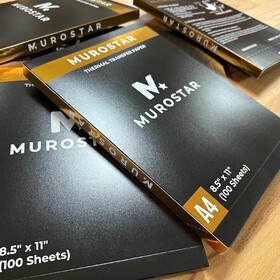

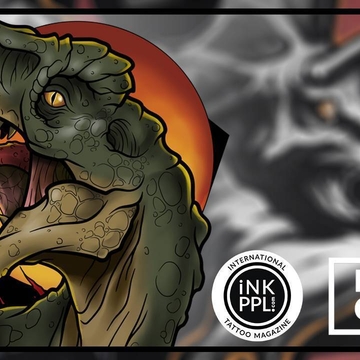
Comments (0)